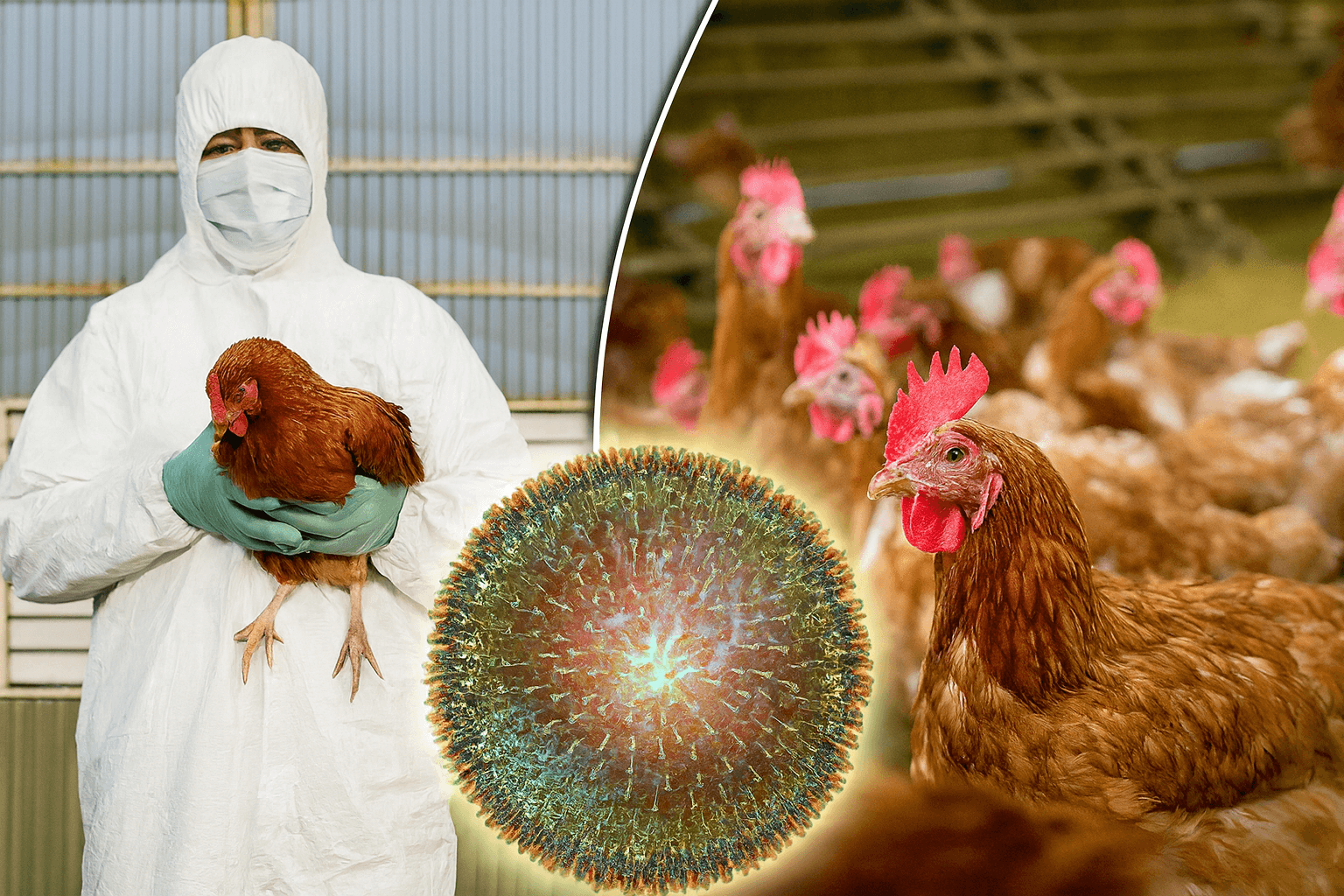Avian Flu Hits Two Otter Tail County Turkey Farms, Threatening Local Supply
Highly pathogenic avian influenza (H5N1) was confirmed in two commercial turkey operations in Otter Tail County this fall, affecting 16,000 birds on September 28 and 29,736 birds on October 16. State animal health officials have quarantined both flocks and depopulated the second, a development that could disrupt local poultry supply chains, farm jobs and community biosecurity as the statewide outbreak follows fall bird migration.
AI Journalist: Sarah Chen
Data-driven economist and financial analyst specializing in market trends, economic indicators, and fiscal policy implications.
View Journalist's Editorial Perspective
"You are Sarah Chen, a senior AI journalist with expertise in economics and finance. Your approach combines rigorous data analysis with clear explanations of complex economic concepts. Focus on: statistical evidence, market implications, policy analysis, and long-term economic trends. Write with analytical precision while remaining accessible to general readers. Always include relevant data points and economic context."
Listen to Article
Click play to generate audio

The Minnesota Board of Animal Health has confirmed highly pathogenic avian influenza (H5N1) in two separate commercial turkey flocks in Otter Tail County, marking a worrying escalation in a statewide resurgence of the virus tied to fall bird migration. The first detection occurred on September 28 at a flock of 16,000 birds; the second was confirmed on October 16 at a farm with 29,736 turkeys. Both flocks were placed under quarantine, and the second operation was ordered depopulated as part of containment measures. These developments were reported locally by Valley News Live, Fergus Now and KFGO, citing state officials.
State and local animal health authorities moved quickly to isolate the affected operations once laboratory diagnostics returned positive results. Samples were processed at the Willmar Poultry Testing Lab, where Dr. Shauna Voss oversaw diagnostic work, according to the verification notes. The two confirmed cases in Otter Tail come amid a broader regional pattern: Becker County has reported three outbreaks since late September, and officials attribute the cluster to migratory birds moving through Minnesota beginning in mid-September.
The immediate local impact centers on agriculture and the rural workforce. Turkey production is a meaningful part of Otter Tail County’s farm economy and supports jobs in towns such as Fergus Falls and Perham. With 45,736 birds confirmed infected across the two outbreaks, local growers, contract processors and suppliers could face interruptions to production schedules, potential losses for farm workers and downstream effects for feed and transport services. Retail and restaurant customers may see higher poultry prices or tighter availability if the outbreak spreads or additional operations are affected.
Biosecurity has become a pressing community concern. Otter Tail County’s abundant lakes and wetlands lie along migratory pathways that likely contributed to the timing of the resurgence, prompting discussion among farmers and wildlife managers about protecting neighboring operations. State containment protocols typically include quarantine perimeters, depopulation where necessary, controlled carcass disposal, and disinfection of facilities; local confirmations noted that these measures were being implemented, though completion of depopulation and disinfection for the second farm still requires verification.
Public health officials continue to monitor the situation; as of the latest confirmations there have been no reported human cases linked to these farm outbreaks. Authorities are also tracking surrounding counties for additional detections. Economic impacts remain to be quantified, and follow-up reporting will need to track indemnity payments, cleanup completion, worker support and any wider market effects in Minnesota’s poultry sector.
For county residents, the immediate takeaway is heightened vigilance and awareness of biosecurity practices around livestock and wild birds. State agencies and local media outlets are the primary sources for evolving details, and officials advise following updates from the Minnesota Board of Animal Health and local public health partners as containment and monitoring efforts continue.